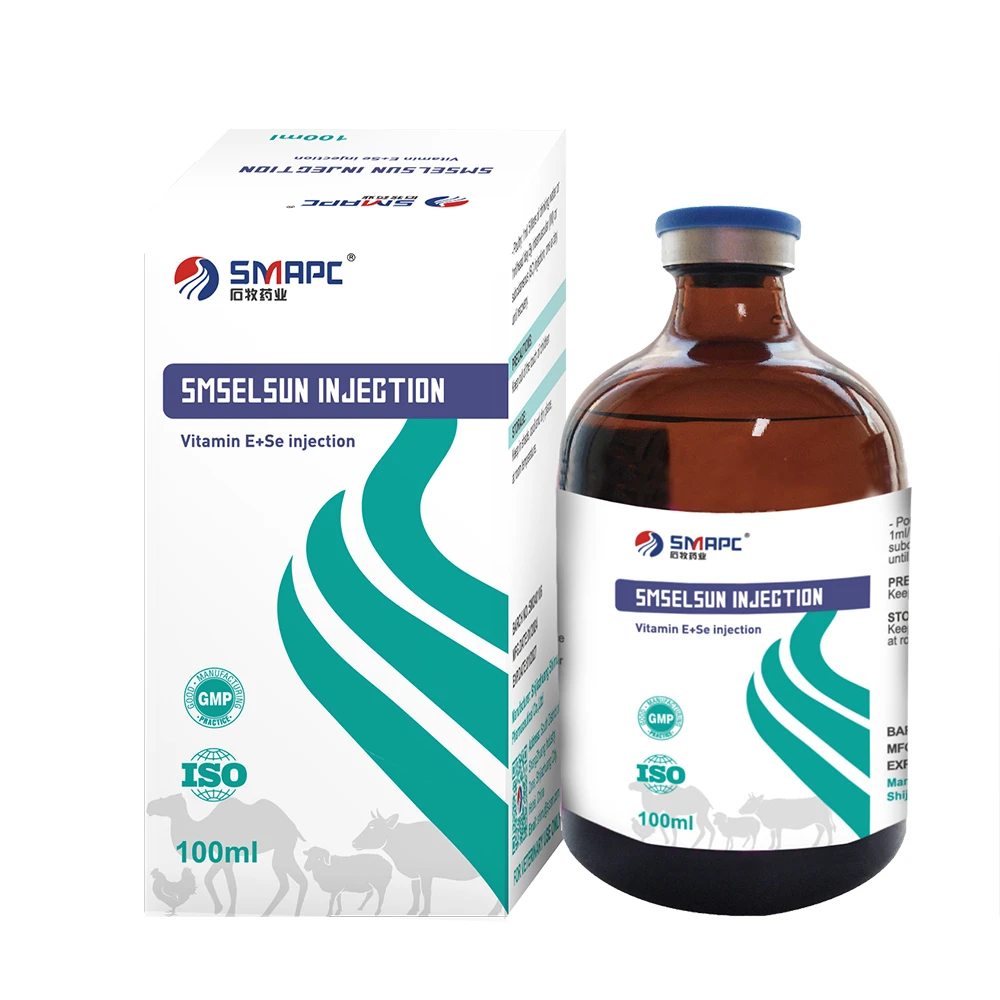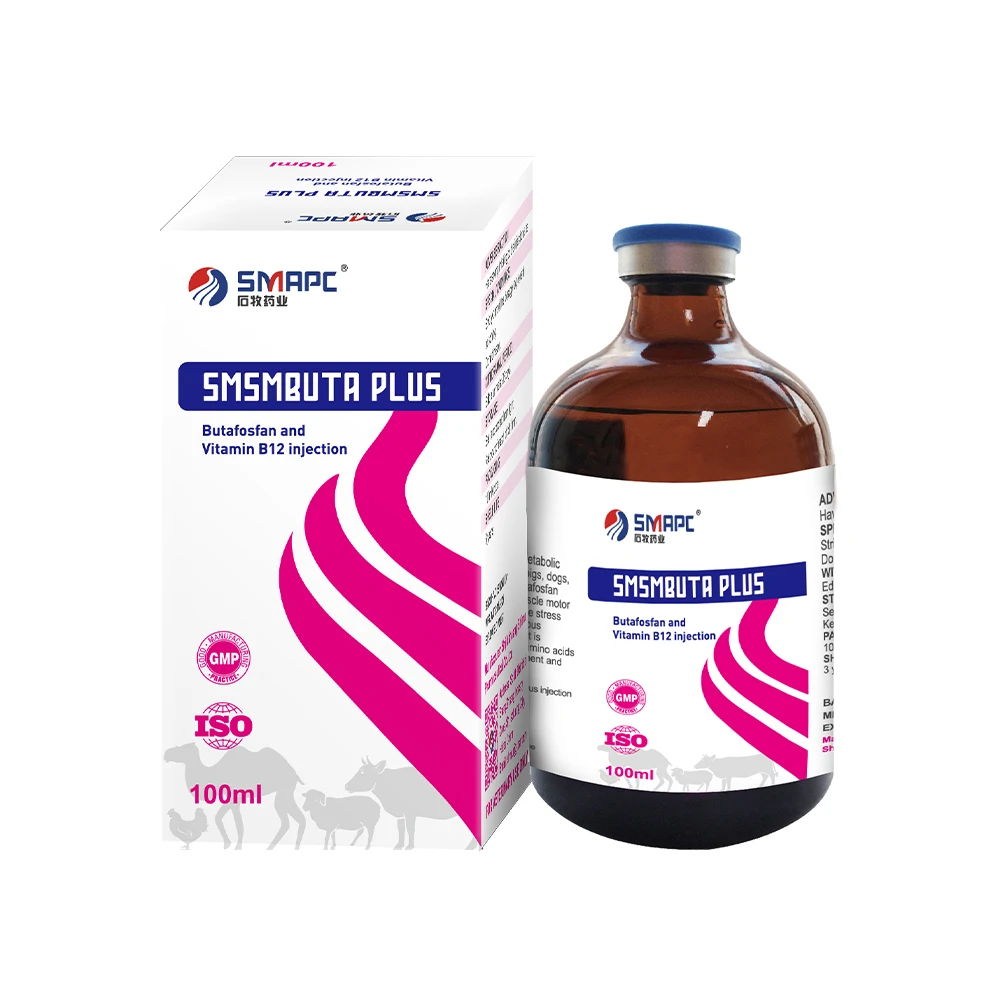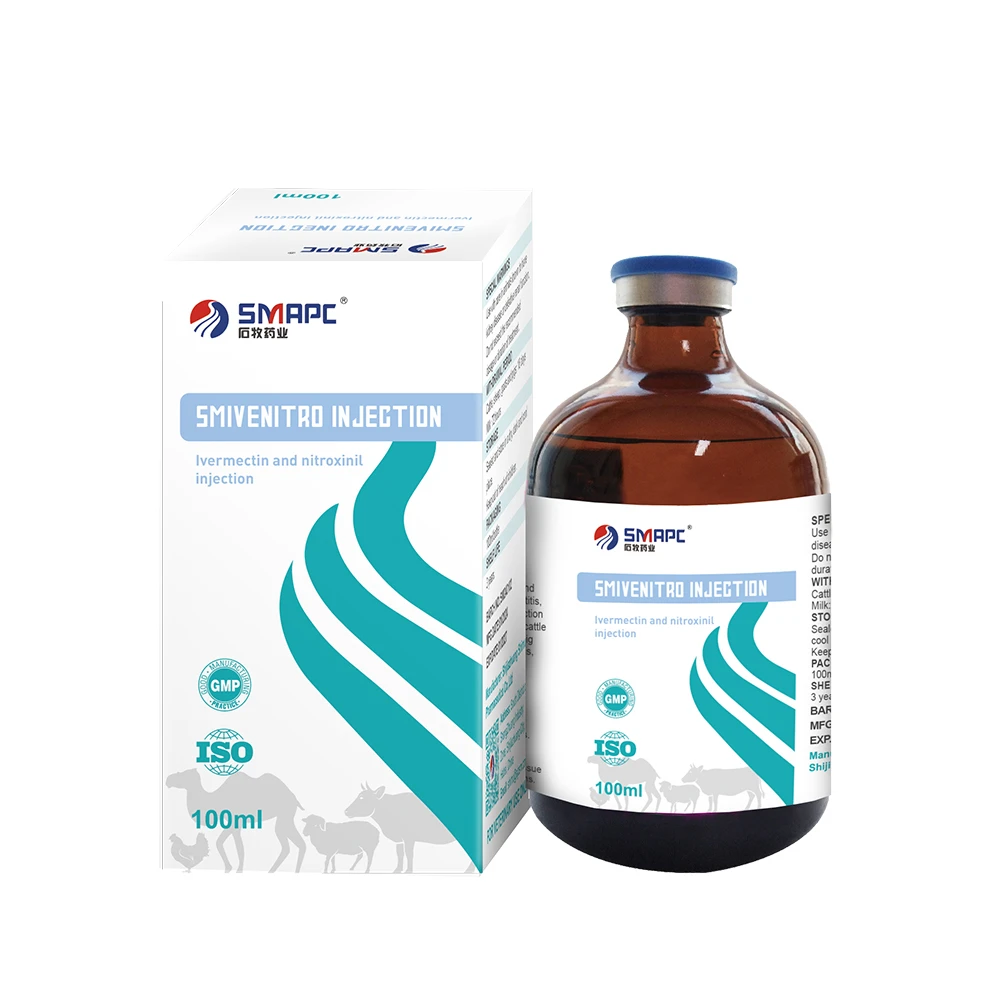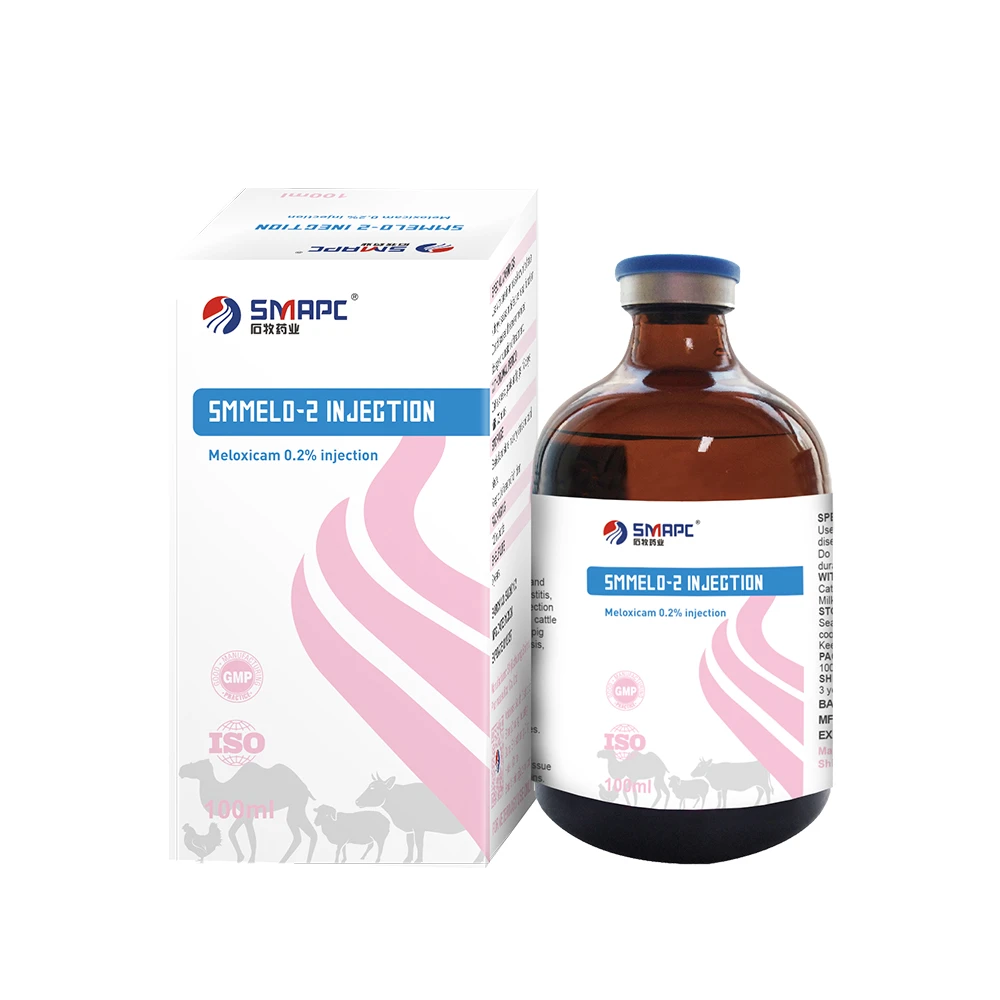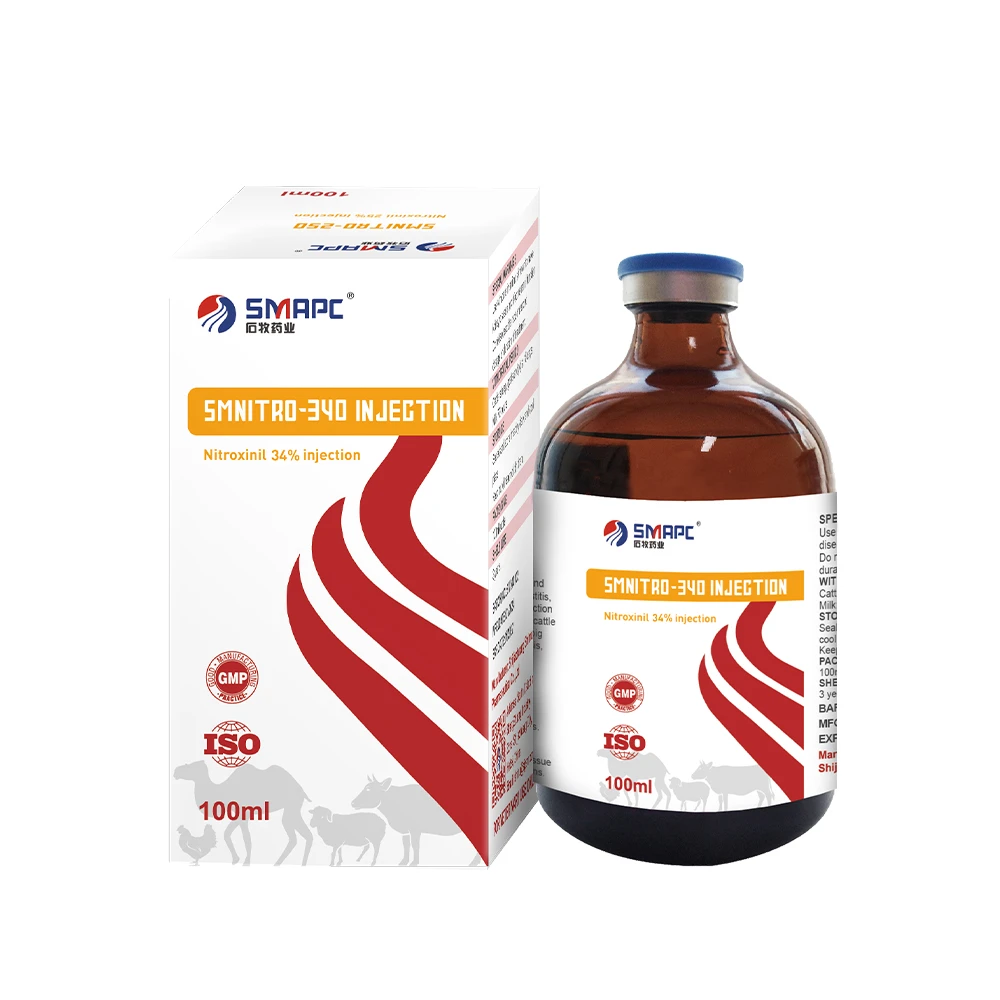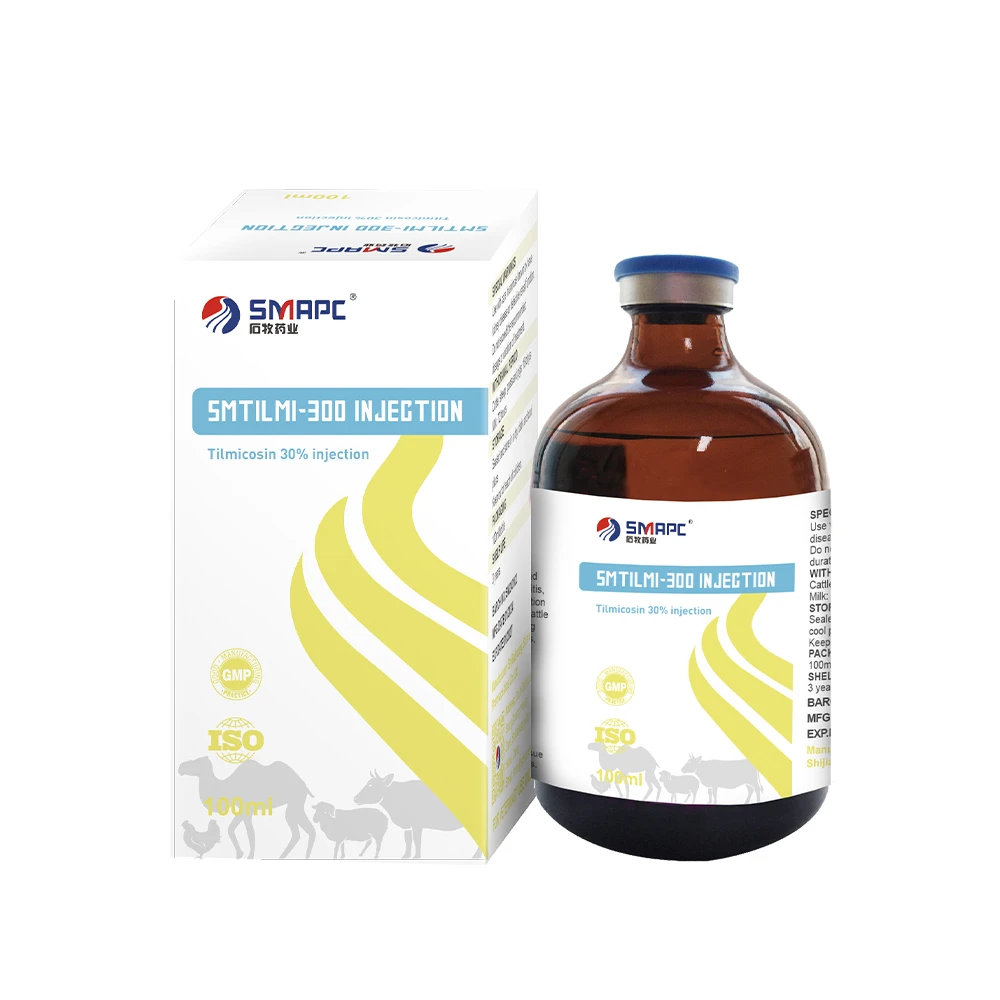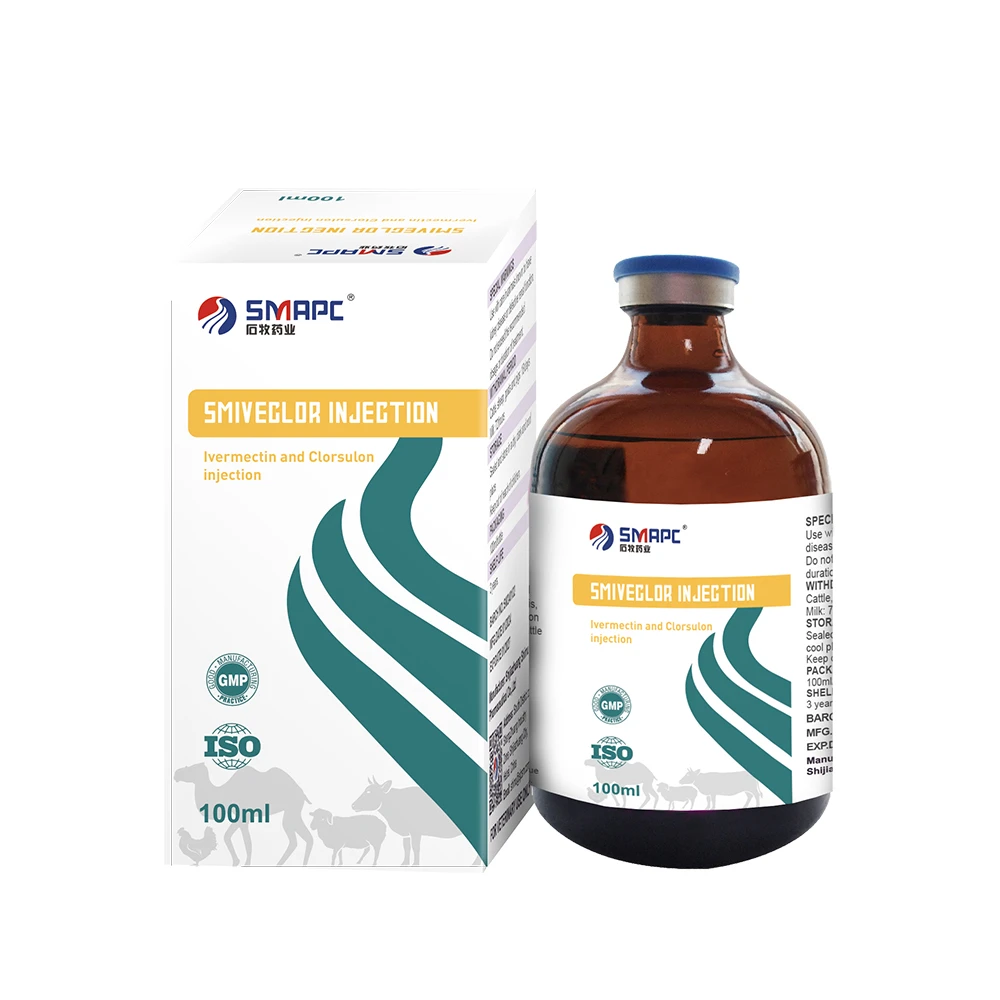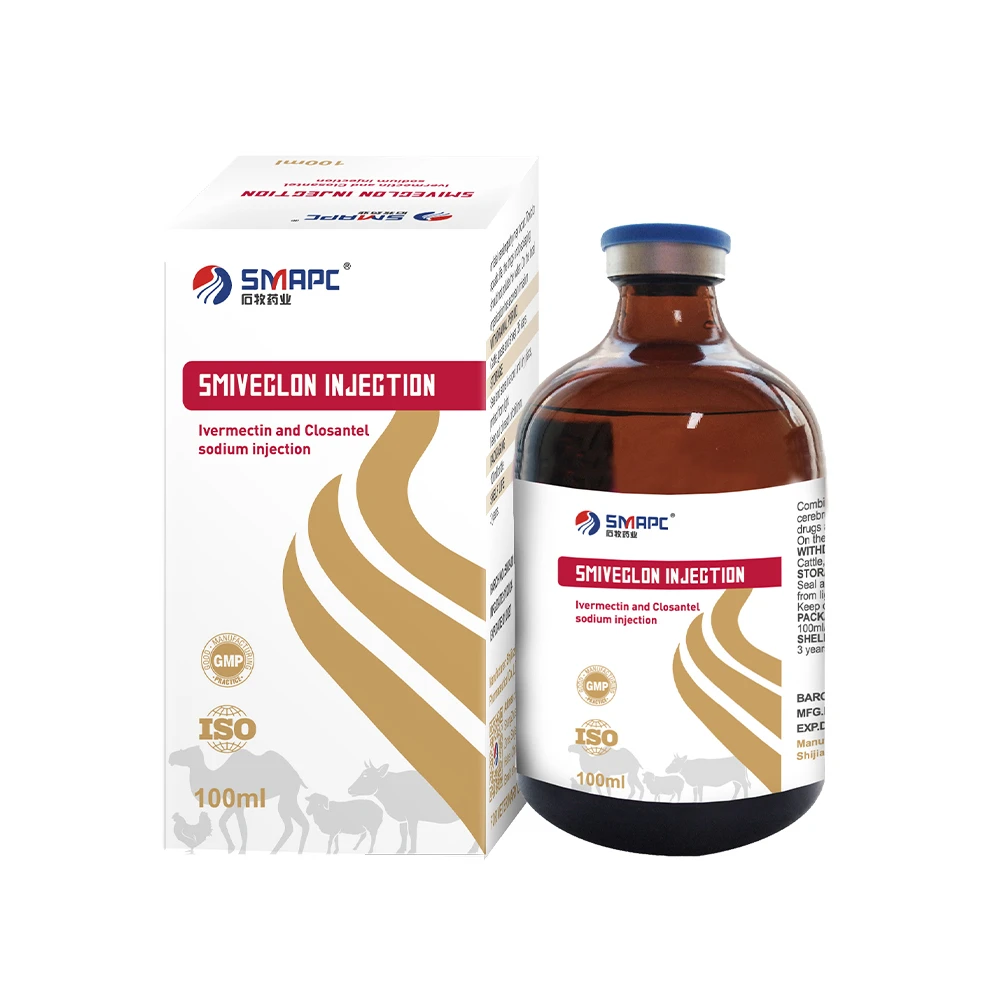أغسطس . 06, 2025 07:00 Back to list
Premium Veterinary Powder for Animal Health & Wellness
In the landscape of modern animal husbandry and veterinary medicine, the health and productivity of livestock are paramount. Veterinary powder formulations represent a cornerstone of therapeutic and prophylactic strategies, offering a versatile, effective, and economical means of administering crucial medications and supplements. From potent antibiotics to essential nutritional supplements like calcium powder for veterinary use, these products are indispensable. This comprehensive guide delves into the world of veterinary powder, exploring industry trends, advanced manufacturing processes, and the superior efficacy of combination therapies like Amoxicillin and Colistin Sulfate Powder.
Industry Trends: The Evolving Role of Veterinary Powders
The global animal health market is projected to reach USD 74.8 billion by 2028, driven by the increasing demand for animal protein and a growing emphasis on biosecurity. Within this market, veterinary powder formulations are adapting to several key trends:
- Focus on Combination Therapies: To combat antimicrobial resistance (AMR) and enhance therapeutic outcomes, the industry is moving towards synergistic antibiotic combinations. These formulations broaden the spectrum of activity and can reduce the required dosage, aligning with responsible use principles.
- Rise of Nutraceuticals: There's a growing preference for preventative health measures. Powders like digester powder veterinary formulations and mineral supplements (e.g., calcium powder for veterinary needs) are increasingly used to boost immunity, improve gut health, and enhance feed conversion rates (FCR).
- Stringent Regulatory Scrutiny: Regulatory bodies like the FDA and EMA are enforcing stricter guidelines on antibiotic use in food-producing animals. This has spurred the development of powders with clear withdrawal periods, precise dosages, and high manufacturing standards (GMP).
- Technological Advancements in Formulation: Innovations in microencapsulation and granulation are improving the stability, palatability, and bioavailability of active pharmaceutical ingredients (APIs) in powder form, ensuring the medication is both consumed and effectively absorbed by the animal.
Technical Deep Dive: From Raw Material to Finished Product
The efficacy of a veterinary powder is not just in its active ingredients but in the precision of its entire lifecycle. Understanding the technical parameters and manufacturing process is crucial for veterinarians and farm managers to make informed decisions.
Comparative Analysis of Veterinary Powder Types
Not all powders are created equal. Their purpose dictates their composition and application. Here's a comparison of common types:
| Parameter | Antibiotic Powder (e.g., Amoxicillin) | Nutritional Powder (e.g., Calcium Powder) | Digestive Health Powder (e.g., Probiotics) | Wound Management Powder |
|---|---|---|---|---|
| Primary Function | Treat bacterial infections | Supplement diet, support bone growth | Improve gut flora, aid digestion | Promote healing, prevent infection in topical injuries |
| Key Ingredients | APIs (Amoxicillin, Colistin) | Minerals (Calcium Carbonate), Vitamins (D3) | Probiotics, Prebiotics, Enzymes | Antiseptics, Astringents, Absorbents |
| Application Method | Oral (in water or feed) | Oral (in feed) | Oral (in water or feed) | Topical application |
| Governing Standard | GMP, Pharmacopoeia (USP/BP) | Feed Additive Regulations | Feed Additive Regulations | Varies; often cosmetic or medical device standards |
| Common Use Case | Treating enteritis, respiratory infections | Preventing milk fever, rickets | Post-antibiotic therapy, stress periods | Treating minor cuts, abrasions, post-castration |
The GMP-Certified Manufacturing Process of Veterinary Powder
The creation of a high-quality pharmaceutical-grade veterinary powder like SkyVetPharm's Amoxicillin and Colistin Sulfate Powder is a multi-stage process governed by Good Manufacturing Practices (GMP). This ensures every batch is safe, potent, and consistent. The process is far more complex than simple mixing; it's a science of formulation and quality control.
Raw Material QC
USP/BP grade APIs & excipients tested for purity and identity.
Precision Weighing & Blending
Computer-controlled weighing and V-blending for absolute homogeneity.
Granulation & Drying
Wet/dry granulation for uniform particle size, followed by fluid bed drying.
Final Sieving & Blending
Ensures optimal flowability and prevents segregation of ingredients.
Automated Packaging & Final QC
Packed in sealed, multi-layer sachets. Final testing for potency & safety.
- Material Purity: We exclusively use Active Pharmaceutical Ingredients (APIs) that meet United States Pharmacopeia (USP) or British Pharmacopoeia (BP) standards. This guarantees high purity and low impurity profiles, critical for animal safety.
- Manufacturing Craftsmanship: Our process utilizes advanced fluid bed granulation technology. Unlike simple dry mixing, this creates uniform, dust-free granules that dissolve easily in water and resist caking, ensuring accurate dosing. This is a significant advantage over coarsely mixed powders.
- Rigorous Testing (ISO/GMP): Every batch undergoes a battery of tests, including High-Performance Liquid Chromatography (HPLC) to verify the potency of Amoxicillin and Colistin, dissolution testing to ensure bioavailability, and microbial load testing to guarantee safety. Our facilities are ISO 9001 and GMP certified.
- Extended Shelf Life: Through precise control of moisture content and the use of high-barrier packaging, our powders boast a stable shelf life of up to 36 months, protecting your investment.
- Applicable Industries: Primarily designed for high-intensity production environments such as poultry, swine, and aquaculture, where rapid and effective treatment of bacterial diseases is economically crucial.
Product Spotlight: Amoxicillin and Colistin Sulfate Powder by SkyVetPharm
Our flagship product, Amoxicillin and Colistin Sulfate Powder, exemplifies the power of synergistic combination therapy. It is a scientifically formulated broad-spectrum bactericidal antibiotic for treating and preventing gastrointestinal, respiratory, and urinary tract infections in poultry and swine.

Technical Specifications
| Parameter | Specification | Significance (Expertise) |
|---|---|---|
| Composition | Amoxicillin Trihydrate 200mg/g, Colistin Sulfate 1,000,000 IU/g | Synergistic combination: Amoxicillin (a β-lactam) targets cell walls of Gram-positive/negative bacteria, while Colistin (a polypeptide) disrupts cell membranes of Gram-negative bacteria. |
| Formulation | Water Soluble Powder (WSP) | Allows for easy and uniform administration to large flocks/herds via drinking water, ensuring consistent dosage and rapid absorption. |
| Particle Size | 98% passes through 80 mesh sieve | Fine, uniform particles prevent sedimentation in water lines and ensure rapid, complete dissolution, maximizing bioavailability. |
| pH (1% solution) | 5.5 - 7.5 | Optimized for gut absorption and stability in water, without affecting water intake by the animals. |
| Withdrawal Period | Meat: 7 days; Eggs: Not for use in laying birds | Crucial data for food safety compliance, ensuring no antibiotic residues remain in animal products intended for human consumption. |
| Certification | Manufactured in a GMP-certified facility | A mark of Authoritativeness and Trust, guaranteeing the highest standards of production, quality control, and safety. |
Data-Driven Performance
Visual data underscores the superior performance of our formulation compared to single-agent therapies.
Efficacy: Minimum Inhibitory Concentration (MIC)
Lower MIC indicates higher efficacy. Comparison against key pathogens.
Product Composition Breakdown
Precisely formulated for maximum synergy.
- 60% Active APIs
- 30% Solubilizers
- 10% Stabilizers
The SkyVetPharm Advantage: Manufacturer Comparison
Choosing a supplier for a critical input like veterinary powder requires careful consideration. SkyVetPharm stands apart from generic manufacturers through a commitment to quality, innovation, and customer support.
| Feature | SkyVetPharm | Generic Competitor A | Local Distributor B |
|---|---|---|---|
| GMP Certification | ✔ Yes | ✔ Yes | ✖ Unverified |
| API Source & Grade | USP/BP Grade, Full Traceability | Standard Grade, Limited Info | Unknown |
| Formulation Technology | Fluid Bed Granulation (High Solubility) | Simple Dry Mix (Lower Solubility) | Varies by batch |
| Batch Consistency (HPLC Verified) | ✔ Guaranteed | Varies (up to ±10%) | ✖ Not Tested |
| Technical & Vet Support | ✔ 24/7 Expert Support | Email Support Only | Sales Rep Only |
| Customization Options | ✔ Yes (Dosage, Packaging) | ✖ No | ✖ No |
Application Scenarios & Case Study: Real-World Experience
Typical Application Scenarios
- Poultry (Broilers and Pullets): Highly effective against Necrotic Enteritis (caused by Clostridium perfringens) and Colibacillosis (caused by E. coli). The powder's high solubility makes it ideal for administration through nipple drinker lines without clogging.
- Swine (Piglets and Growers): A primary choice for treating post-weaning diarrhea (PWD) complex and respiratory infections like Glasser's disease (Haemophilus parasuis). Its palatability ensures adequate intake even in sick animals.
Case Study: Necrotic Enteritis Outbreak in a Commercial Broiler Farm
(Experience & Trustworthiness)
Client: A 200,000-bird commercial broiler operation in Southeast Asia.
Problem: A sudden outbreak of Necrotic Enteritis in a flock aged 21 days, characterized by a sharp increase in mortality (from 0.1% to 1.5% daily), severe depression, and wet litter.
Solution: On the advice of our veterinary team, the farm manager administered SkyVetPharm's veterinary powder via the drinking water at the recommended therapeutic dose for 5 consecutive days.
Results:
- Mortality Reduction: Daily mortality dropped below 0.3% within 48 hours of starting treatment and returned to normal levels by day 4.
- Clinical Improvement: Birds showed significant improvement in activity and feed intake by day 3.
- Economic Impact: The swift intervention saved an estimated 5% of the flock, preserving over USD 15,000 in potential revenue for that cycle. The final FCR was only marginally impacted.
Client Feedback: "The solubility and rapid action of SkyVetPharm's powder were impressive. We saw a dramatic turnaround much faster than with other amoxicillin products we've used. Their technical support was invaluable in managing the crisis." - Farm Manager
Commitment to Trust: Customization, Delivery, and Support
We believe that a superior product is only part of the solution. Building trust requires a comprehensive support system.
- Customization Solutions: For large-volume partners, we offer tailored solutions, including adjustments to concentration (e.g., for specific dosing equipment) or custom packaging sizes to fit seamlessly into your farm's workflow.
- Reliable Delivery: With a global logistics network, we ensure a typical delivery lead time of 15-25 working days, with clear tracking and communication throughout the process.
- Quality Guarantee: We stand by our product. Every batch comes with a Certificate of Analysis (COA). In the unlikely event of a quality issue, we offer a full replacement or refund guarantee.
- Expert Customer Support: Our team isn't just sales staff; they are trained animal health professionals and veterinarians who can provide diagnostic assistance, dosage calculation help, and biosecurity protocol advice.
Frequently Asked Questions (FAQ)
1. What is the synergistic mechanism between Amoxicillin and Colistin?
Amoxicillin is a beta-lactam antibiotic that inhibits the synthesis of the bacterial cell wall, making it fragile. This is highly effective against many bacteria but can be less so against Gram-negative bacteria, which have a protective outer membrane. Colistin is a polymyxin antibiotic that acts like a detergent, disrupting this outer membrane of Gram-negative bacteria. The synergy works in two ways: Colistin's action allows Amoxicillin to more easily reach its target (the cell wall) in Gram-negative bacteria, and this dual-front attack makes it much harder for bacteria to develop resistance.
2. What are the mandatory withdrawal periods and why are they important?
The withdrawal period is the time required after the last dose of a medication for the drug residues in the animal's tissues (meat, milk, eggs) to fall to a safe, acceptable level as defined by regulatory bodies like the FDA or EMA. For our Amoxicillin and Colistin powder, the meat withdrawal period is 7 days. Adhering to this is a legal requirement and is absolutely critical for public health to prevent antibiotic residues from entering the human food chain and contributing to antimicrobial resistance.
3. Is this product GMP certified?
Absolutely. Our manufacturing facility is fully certified for Good Manufacturing Practices (GMP). This is not just a sticker; it's a rigorous system of quality control that governs every aspect of production, from raw material sourcing and facility hygiene to process validation, final product testing, and record-keeping. GMP certification is your assurance that every sachet of our veterinary powder is safe, potent, and of consistent high quality.
4. How does this systemic antibiotic differ from a veterinary wound powder?
They serve entirely different purposes. Our Amoxicillin/Colistin powder is a systemic antibiotic, meaning it's ingested (via water/feed) and absorbed into the bloodstream to fight internal infections throughout the body (e.g., in the gut, lungs). A veterinary wound powder is a topical treatment applied directly to external injuries. It typically contains antiseptics (to kill surface germs), astringents (to stop minor bleeding), and absorbents (to keep the wound dry), but it is not absorbed into the body to fight systemic disease.
5. Can I use a calcium powder for veterinary purposes at the same time as this antibiotic?
While generally safe, it's a matter of proper management. A calcium powder for veterinary use is a nutritional supplement. Certain minerals, including calcium, can sometimes chelate (bind to) antibiotics in the gut, potentially reducing their absorption. To be safe, it is generally recommended to administer antibiotic treatments and high-concentration mineral supplements at different times of the day (e.g., antibiotic in the morning water, calcium supplement in the afternoon feed) to ensure maximum efficacy of both products. Always consult a veterinarian for specific protocols.
6. What is the recommended dosage and administration for poultry?
The standard recommended dosage is 100g of the powder per 200 liters of drinking water for 3-5 consecutive days. However, this can vary based on the age of the birds, their daily water intake, and the severity of the infection. It is critical to calculate the total daily dose based on the total biomass (kg) of the birds to be treated. Our technical support team can provide precise calculation assistance to ensure effective therapeutic levels are reached without overdosing.
7. What are the ideal storage conditions to maintain the product's shelf life?
To ensure the stated 36-month shelf life, the product must be stored in a cool, dry place, away from direct sunlight, at a temperature below 25°C (77°F). The sachets are made of a multi-layer foil that protects against moisture and light, but once a sachet is opened, it should be used promptly. Improper storage can degrade the active ingredients and reduce the efficacy of the veterinary powder.
Conclusion: A Partner in Animal Health
Choosing the right veterinary powder is a decision that impacts animal welfare, farm productivity, and food safety. Formulations like SkyVetPharm's Amoxicillin and Colistin Sulfate Powder, backed by GMP manufacturing, rigorous quality control, and data-proven efficacy, represent the pinnacle of modern veterinary pharmaceuticals. By prioritizing synergistic action, high bioavailability, and comprehensive support, we provide not just a product, but a reliable solution for the challenges of modern livestock production. Invest in quality, trust in expertise, and secure the health of your animals.
References and Further Reading:
- Landers, T. F., et al. (2012). "A review of antibiotic use in food animals: perspective, policy, and potential." Public Health Reports, 127(1), 4-22. Available at: PubMed Central
- World Health Organization (WHO). "Antimicrobial resistance in the food chain." WHO Fact Sheets
- Good Manufacturing Practice (GMP) Guidelines. "EudraLex - Volume 4 - Good Manufacturing Practice (GMP) guidelines." European Commission Health
- Gaggìa, F., Mattarelli, P., & Biavati, B. (2010). "Probiotics and prebiotics in animal feeding for safe food production." International Journal of Food Microbiology, 141, S15-S28. ScienceDirect
-
Vital Solutions for Healthy and Productive SwineNewsJul.08,2025
-
Veterinary Powder Is VitalNewsJul.08,2025
-
Understanding Prescription Drugs for AnimalsNewsJul.08,2025
-
Understanding Poultry MedicineNewsJul.08,2025
-
The First Line of Defense in Animal HealthNewsJul.08,2025
-
Role of Veterinary Drug in Modern Animal HealthcareNewsJul.08,2025
Products categories
